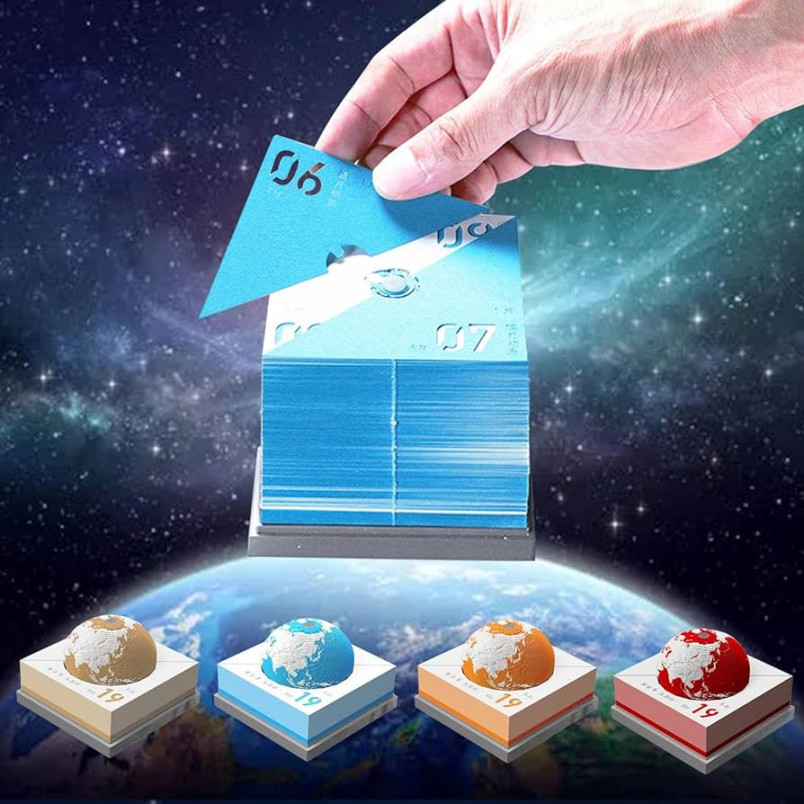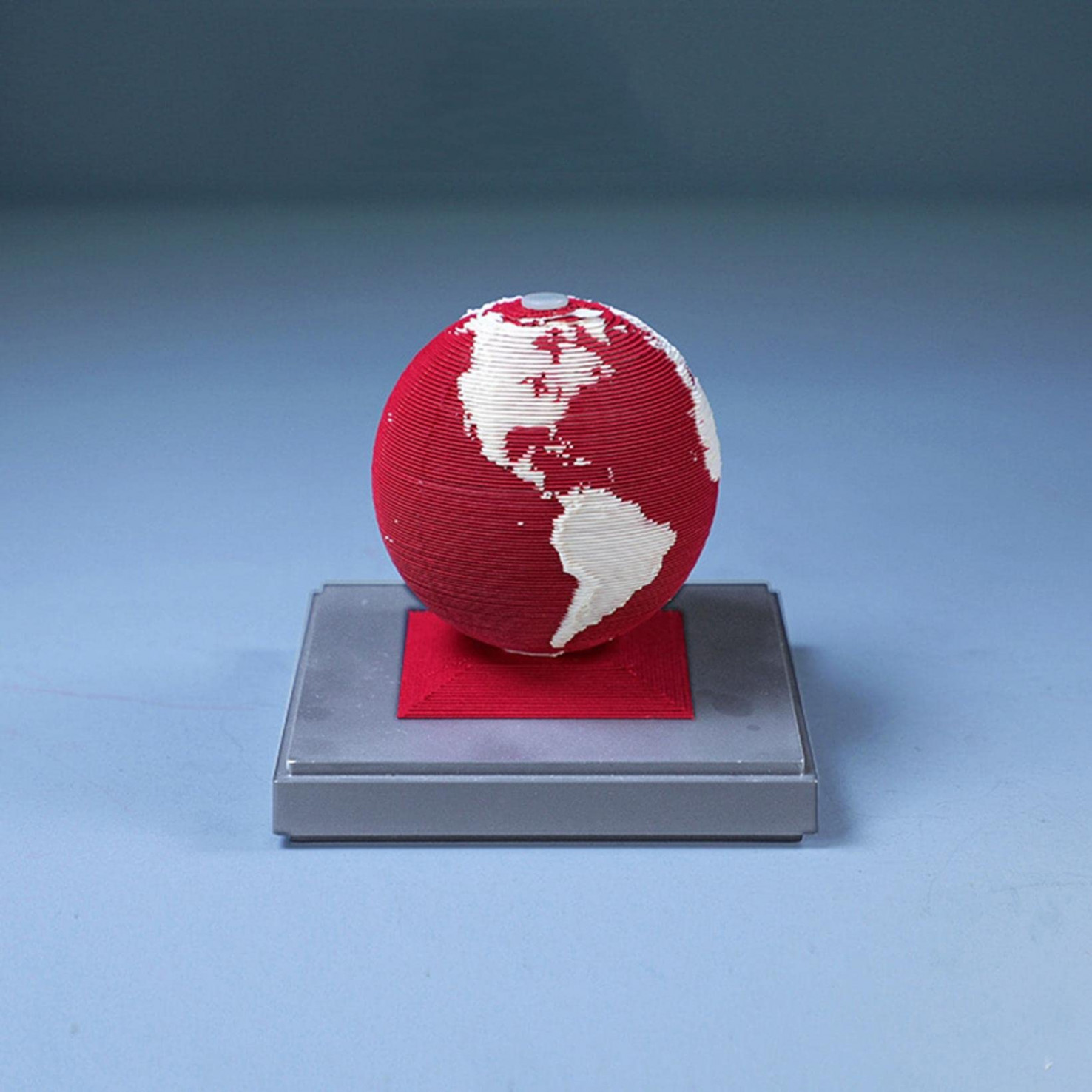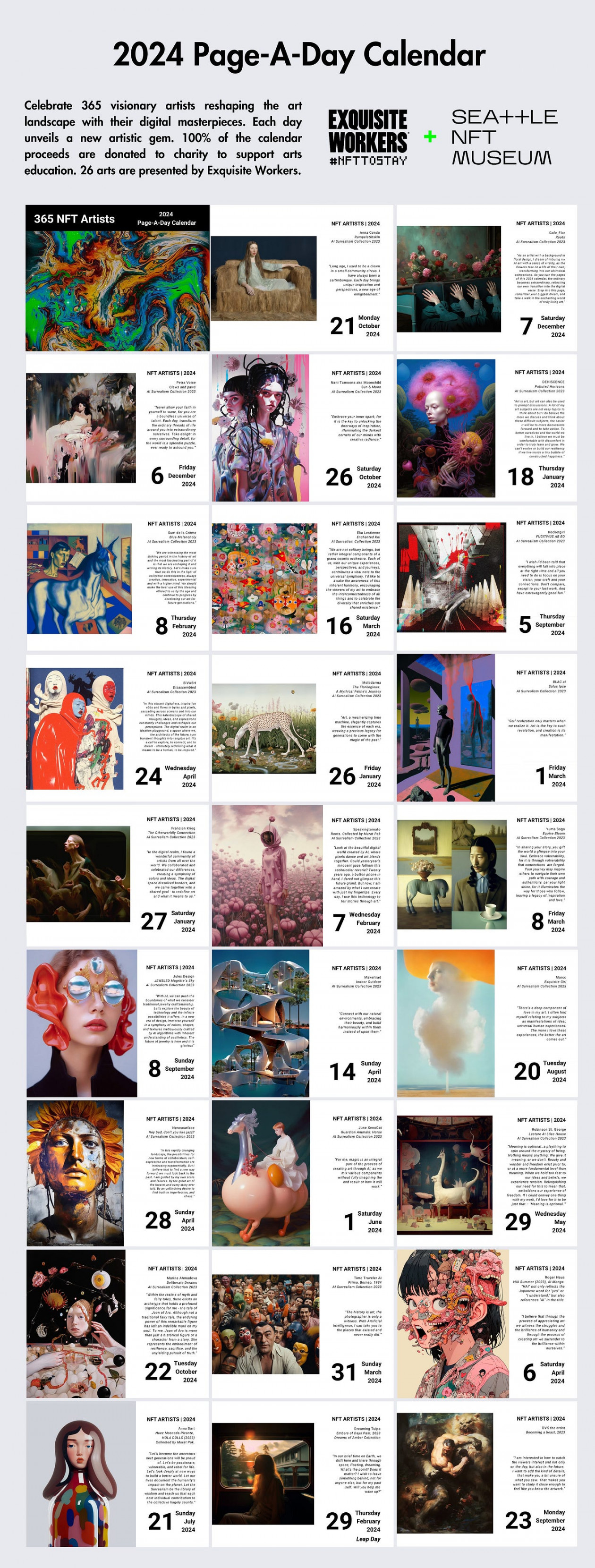Calendars as Artistic Expression: Transforming Time into Art
Calendars, seemingly mundane tools for organizing our days and tracking the passage of time, can also serve as canvases for artistic expression. Far from being mere utilitarian objects, calendars can be transformed into works of art, imbued with creativity, symbolism, and cultural significance.

When we talk about “calendars as artistic expression,” we refer to the use of calendars as a medium for artistic exploration and communication. Artists, designers, and illustrators have long recognized the unique potential of calendars to convey visual narratives, celebrate cultural traditions, and explore the relationship between time, art, and human experience.

Calendars can be transformed into art through various means, including:

Calendars have been used as a form of artistic expression for centuries, with notable examples dating back to ancient civilizations. Illuminated manuscripts, elaborately decorated calendars, and almanacs with intricate illustrations showcase the long-standing tradition of infusing calendars with artistic flair.
Artistic calendars offer a unique blend of practical functionality and aesthetic appeal, serving as both organizational tools and works of art. They can:
Artistic calendars can provide valuable insights into:
Calendars transcend their utilitarian purpose when they become vehicles for artistic expression. They offer a unique platform for artists to explore the intersection of time, art, and human experience, while providing a visually stimulating and culturally enriching addition to our daily lives. Artistic calendars serve as reminders that even the most mundane aspects of our lives can be transformed into something extraordinary through the power of art.
1. What are some of the most famous examples of artistic calendars?
Notable examples include the Aztec Calendar Stone, medieval illuminated manuscripts, and the Art Deco calendars of the early 20th century.
2. How can I find and purchase artistic calendars?
Artistic calendars can be found in museums, art galleries, online retailers, and specialty stores.
3. How can I create my own artistic calendar?
With creativity and artistic skills, you can create your own unique calendar, incorporating personal artwork, photography, or design elements.
4. What are some of the challenges of creating artistic calendars?
Balancing artistic expression with practical functionality, ensuring cultural sensitivity, and maintaining historical accuracy can pose challenges in creating artistic calendars.
5. What is the future of artistic calendars?
With the rise of digital media, artistic calendars are evolving, incorporating interactive elements, augmented reality, and personalized experiences to engage audiences in new ways.